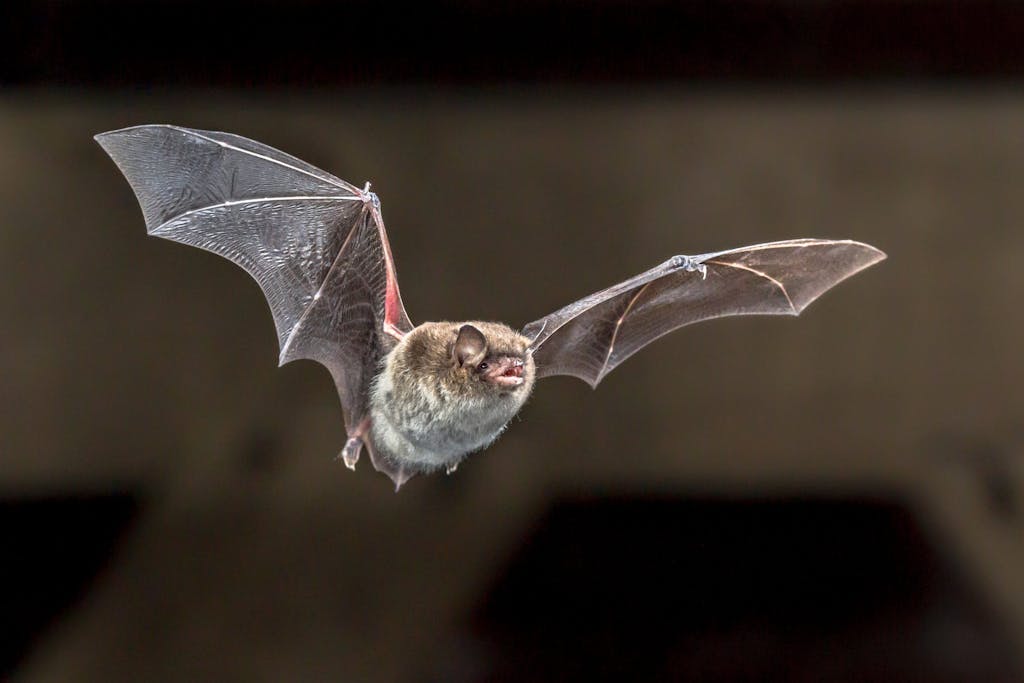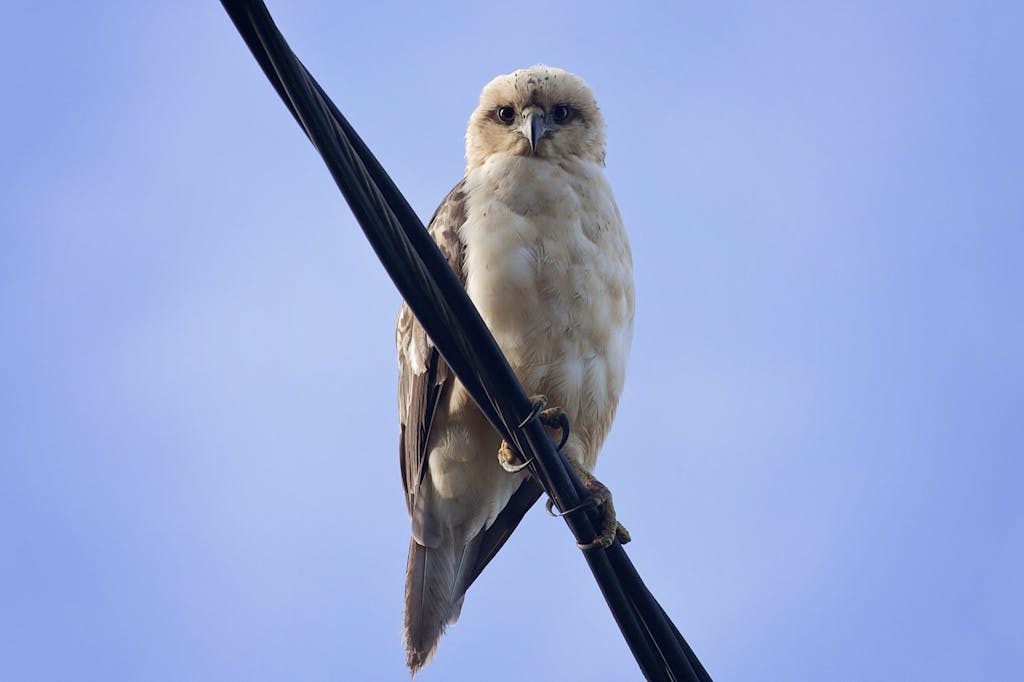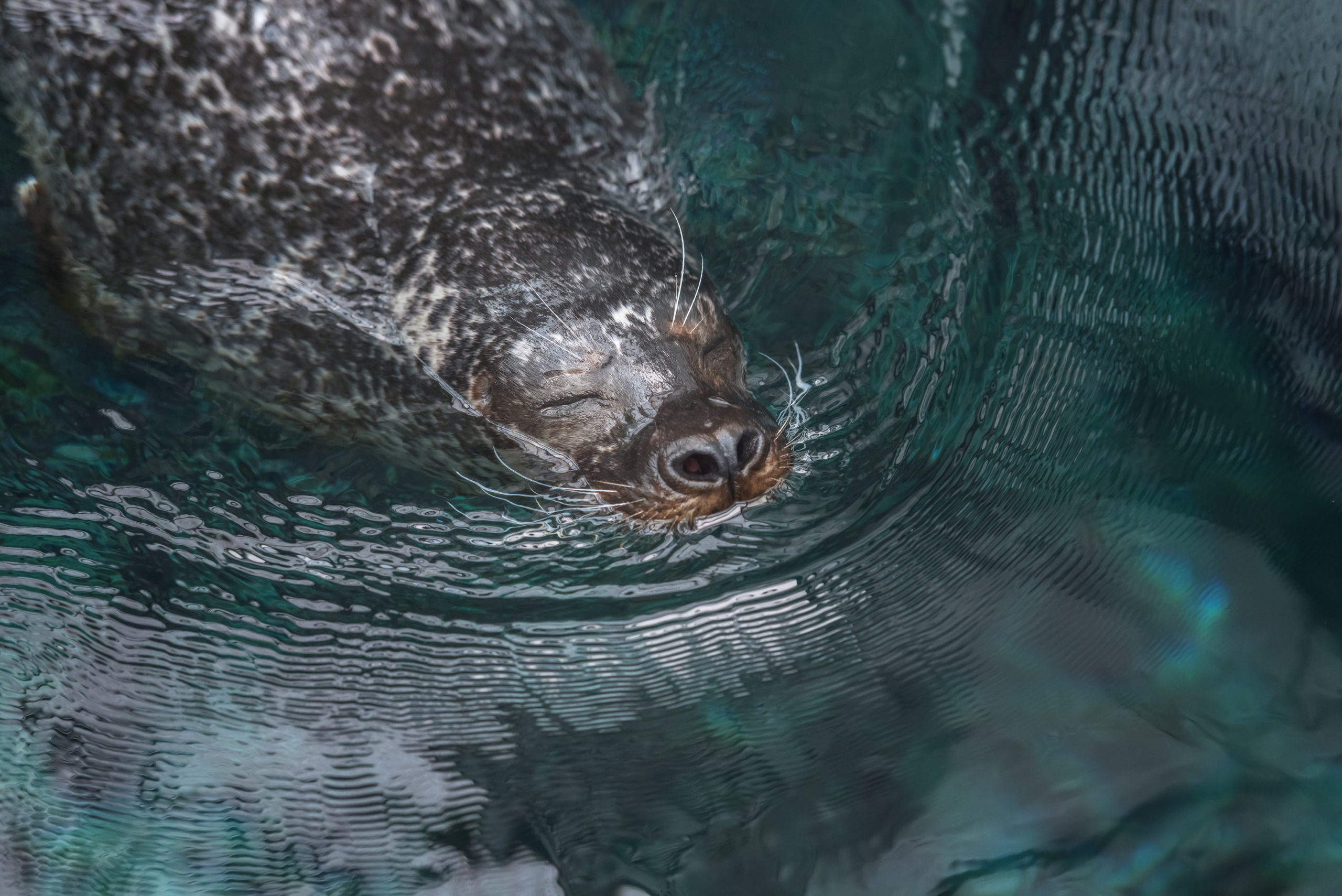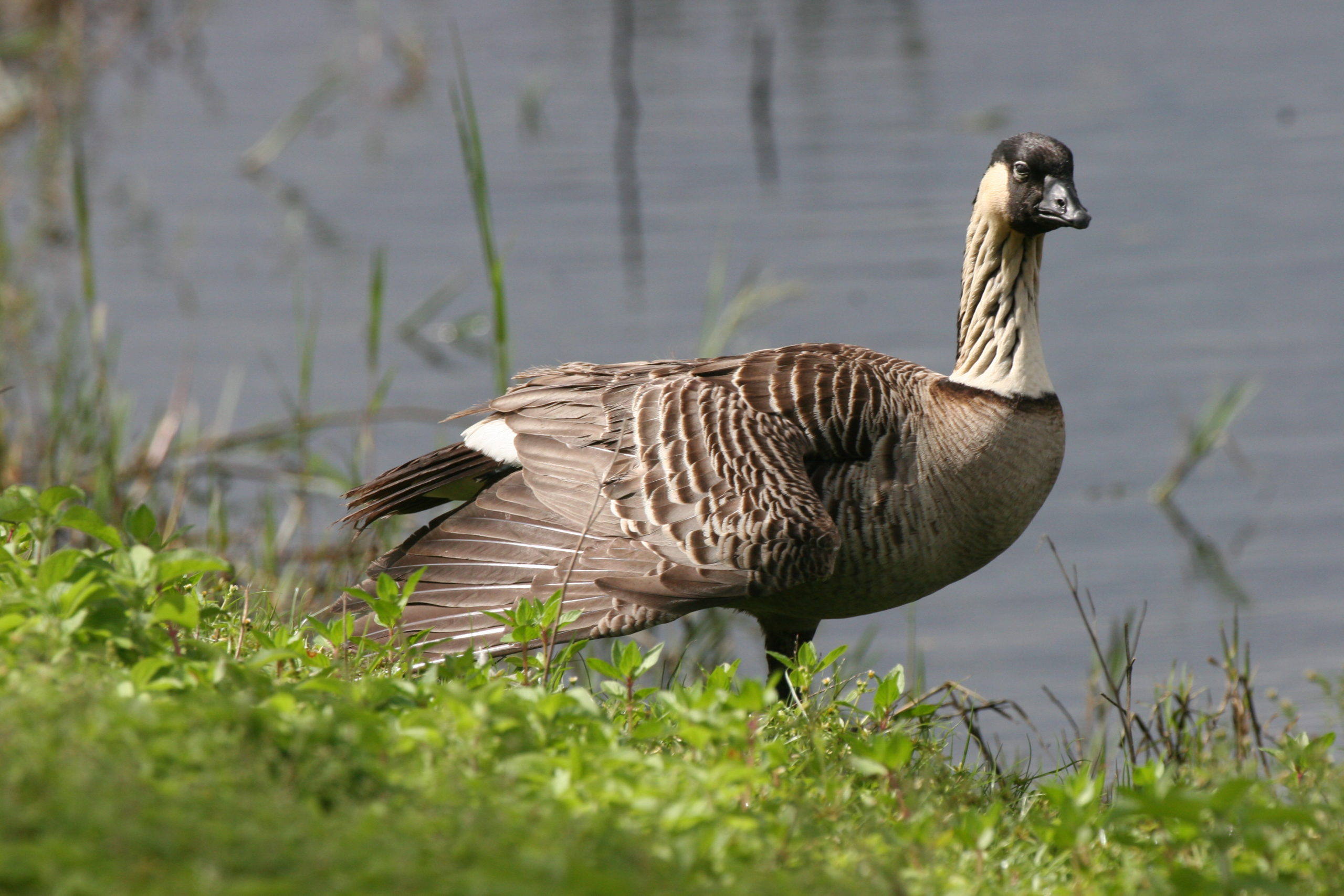Hawaiian Endangered Animals

Hawaii is undoubtedly one of the must-go-to places for people who dream of experiencing fun and relaxation at the same time. This majestic Aloha state is open to tourists all year round. With all the things the islands offer, Hawaii surely ranks as one of the most beautiful places on Earth.
This bucket-list travel destination is home to a beautiful culture, fun festivities, delicious food, and various animal species. Unfortunately, many species that can be found in Hawaii are declared to be endangered. If not properly protected and cared for, these animals could easily vanish from the face of the Earth. And no one wants that to happen. That is why the government has been taking steps to protect these animals.
The Endangered Species Act has been passed to protect plants and animals along with their habitats from being endangered, or worst, extinct. Here are some of Hawaii’s endangered animals.
Green Sea Turtle

The green turtle is considered one of the largest sea turtles and the only herbivore among different species. Its name was coined from the greenish color of their cartilage and fat. This turtle species is commonly found in tropical and subtropical waters. In Hawaii, Green sea turtles are also called Honu, and they symbolize good luck, protection, endurance, and long life.
However, this majestic creature is already considered endangered. Green sea turtles are threatened by overharvesting their eggs, hunting, being caught in fishing gears, and losing nesting beach sites. In addition, they are also susceptible to diseases and stress coming from human interactions. This is why if you see one upon your visit to Hawaii, make sure to keep a minimum distance of 10 feet to avoid making them stressed.
Hawaiian Hoary Bat

Hawaiian Hoary Bat or Ōpe‘ape‘a is the only existing land mammal native to the Hawaiian archipelago. They are usually around 10 to 13 inches in size. Its name ʻōpeʻapeʻa means half-leaf. This refers to the bat’s open wing, which resembles the bottom half of a taro leaf. Unlike other species of bats that reside in caves, Ōpe‘ape‘a’s habitat is the tips of a tall tree’s branches. They are considered solitary tree roosters.
These bats are more frequently detected during summer at lower elevations when food is more abundant. Also, the warm temperature of the summer season means less stress for lactating mothers and newborn bats.
The Hawaiian Hoary Bat is considered one of the Hawaiian endangered animals due to apparent population declines. Another factor that made these bats endangered is the lack of knowledge concerning their distribution, abundance, and habitat needs.
Hawaiian Hawk

More popularly known as Io, the Hawaiian Hawk is the only native member of the hawk family that still resides in the Hawaiian archipelago. For the Hawaiian culture, this specific hawk species is a symbol of royalty and is considered an aumakua— a personal or family god. And that makes harming or killing this bird taboo.
In 1967, Io was classified as endangered species, but 30 years later, their population has been stable and they were already removed from the endangered species list. However, deforestation, habitat degradation, additional hazards such as illegal shooting, poisoning, and collisions, remained threats to the Hawaiian Hawks.
Hawaiian Monk Seal

Hawaiian Monk Seal is one of the two monk seal species to ever exist in the world. These seals are also called in their Hawaiian name Ilio-holo-i-ka-uaua which means a dog that runs in rough water. They weigh around 400 to 600 pounds and live for over 30 years. With a population of 1,400 seals, the Hawaiian Monk Seal has been listed as one of the most critically endangered mammals in the world since 1976. High infant mortality, insufficient food, shark attacks, and stress from human encroachment are just some of the threats to them, which is the reason why humans must keep a distance of at least 50 feet when encountering this creature.
Crested Honeycreeper

Crested Honeycreeper or more locally known as akohekohe, is the largest bird of their kind. These native Hawaiian birds have primarily dark black plumage, and their orange and silver accents make them more majestic. This specific type of Honeycreeper feeds on the Ohia tree, some other flowering plants, fruits, and insects. Akohekohe birds are inhabitants of rainforests, particularly on the eastern side of Maui Island. Biologists have noted that the population of Crested Honeycreepers has drastically dropped in the last few decades, leaving only an estimated 3,800 birds. Their small number in population got them enlisted as one of the endangered species.
Nene Goose

Nene goose or the Hawaiian Goose is considered the world’s rarest goose. Mainly, the Nenes inhabit shrubs and grasslands. But when they breed and nest, they can be found in the slopes of volcanoes and some lowland areas.
Among all the native animals found in Hawaii, the Nene goose has experienced the closest erasure in the world. During 1918, the Nenes has almost gone extinct, with only 30 individuals left. Fortunately, they became the Hawaiian State Bird in 1957, which gave them stricter and greater protection. However, due to constant threats such as non-native predators, habitat destruction, and vehicle collisions, the Nene goose remains one of the endangered animals of Hawaii.
Oahu Tree Snail

Oahu Tree Snails are about 3-4 inches in length. They can be mostly seen inhabiting the native forests on the highest ridges of Ko‘olau and Wai‘anae ranges. They are known to be nocturnal and graze on the fungus that grows on the leaves of native plants. During the daytime, they seal themselves on leaves or tree trunks.
Oahu Tree Snails were once abundant, and they are typically mentioned in Hawaiian folklore and songs. And because of the diversity of their colors, their shells were used for lei and other ornaments. However, threats such as destruction of native forests, predators such as rats, alien snails, and chameleons, invasive vegetation, and human encroachment are the reason why their population has consistently declined.
Just like the rest of all living things, these animals also deserve a safe place to live. And if no one dares to stand up, protect, and make a change for them, seeing these species in person could become impossible.
If you plan to visit Hawaii and see these wonderful creatures in person, you must remember to never touch or antagonize them. And to help you with the dos and don’ts when you see any of these animals, all you have to do is find a trustworthy and legit Hawaiian tour operator like Go Hawaii Tours. We carry the Aloha philosophy with us every day, and it is in our value to deliver a memorable experience you will never forget.
To know more about our tours and services, you can visit our website at www.gohawaiitours.com.
Resources:
